
1872年東京 日本橋
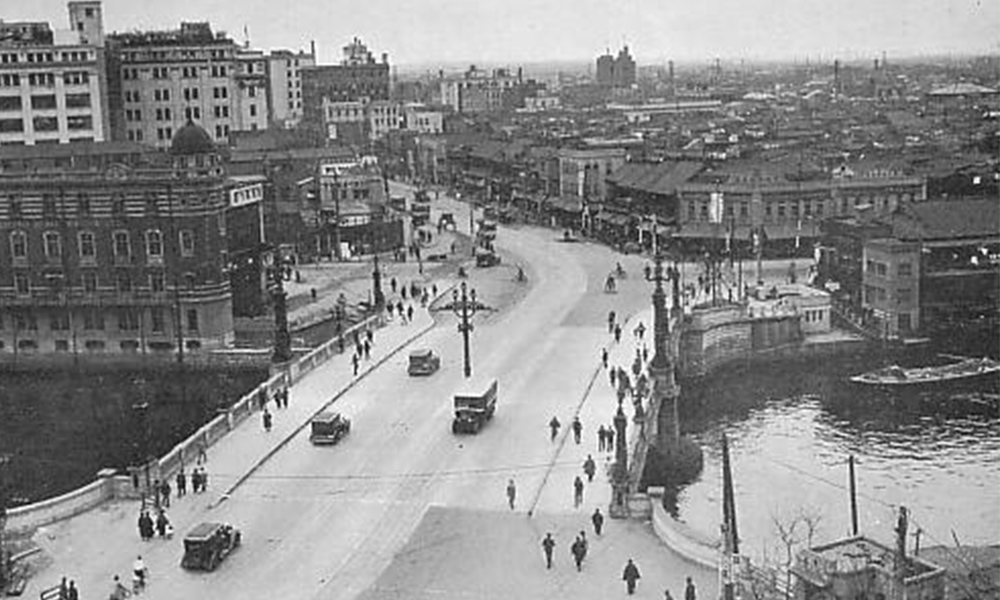
1933年東京 日本橋
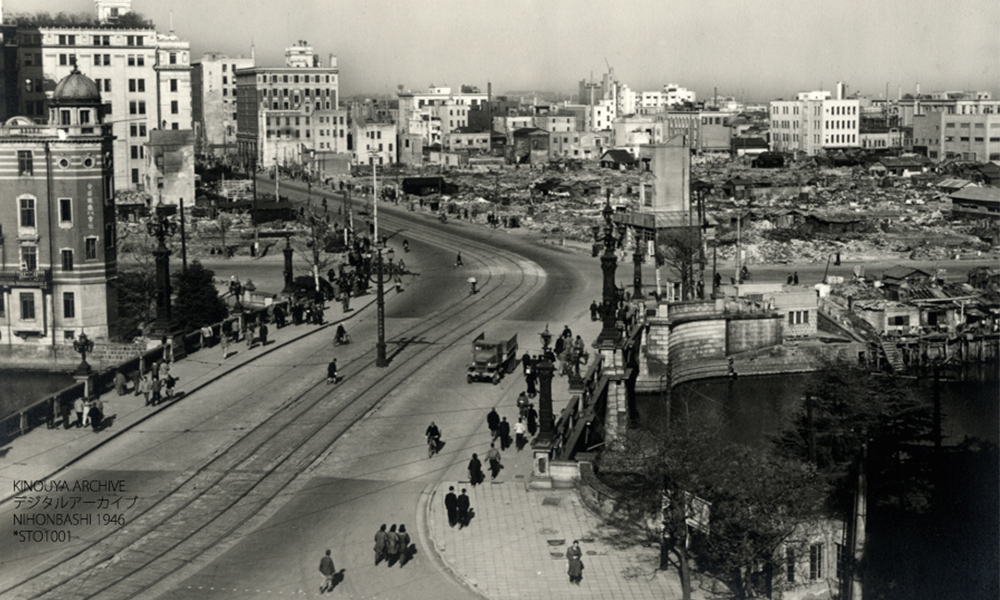
1946年東京 日本橋
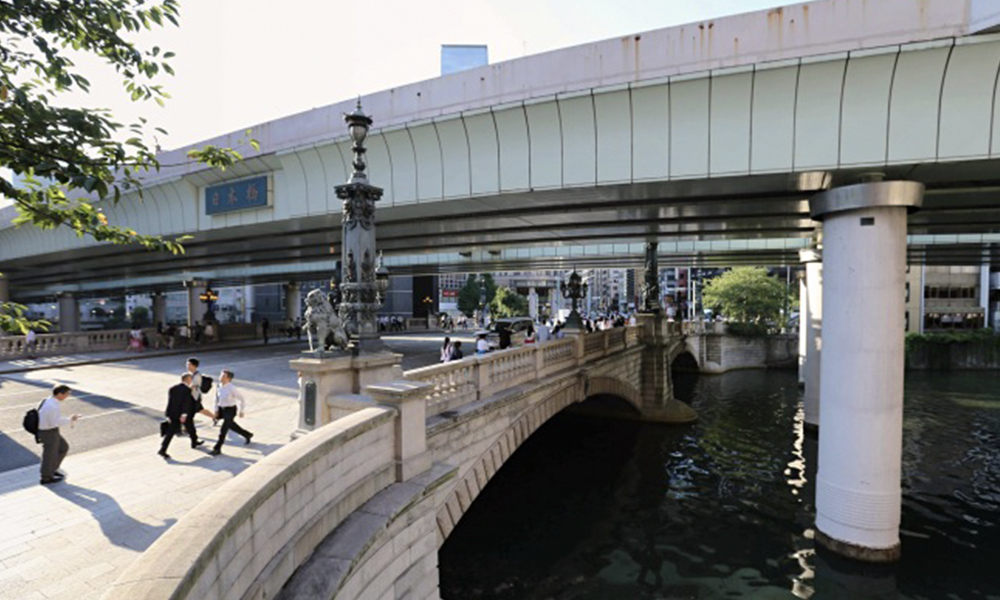
2017年東京 日本橋
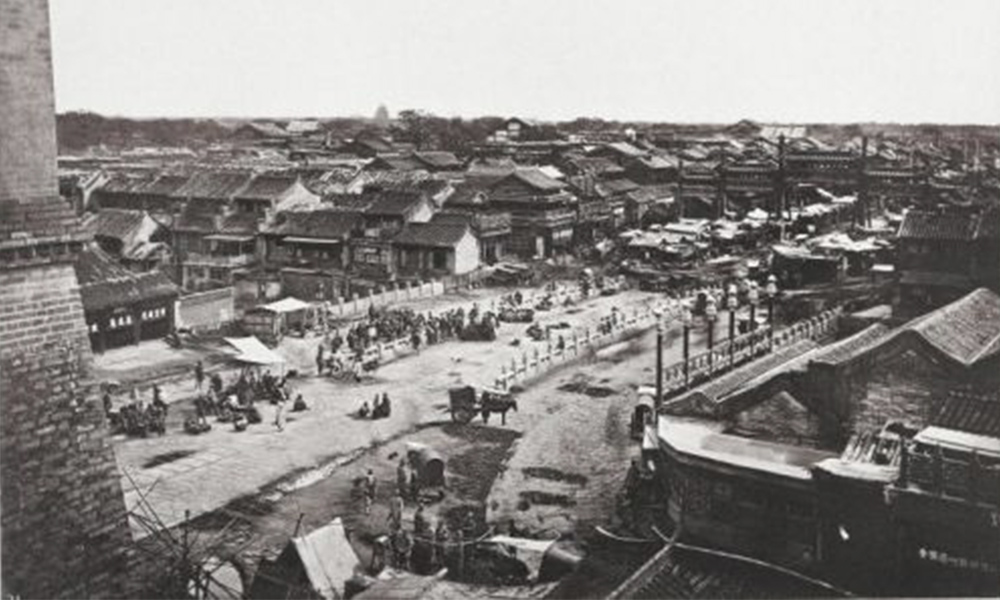
1872年8月〜10月北京 前門
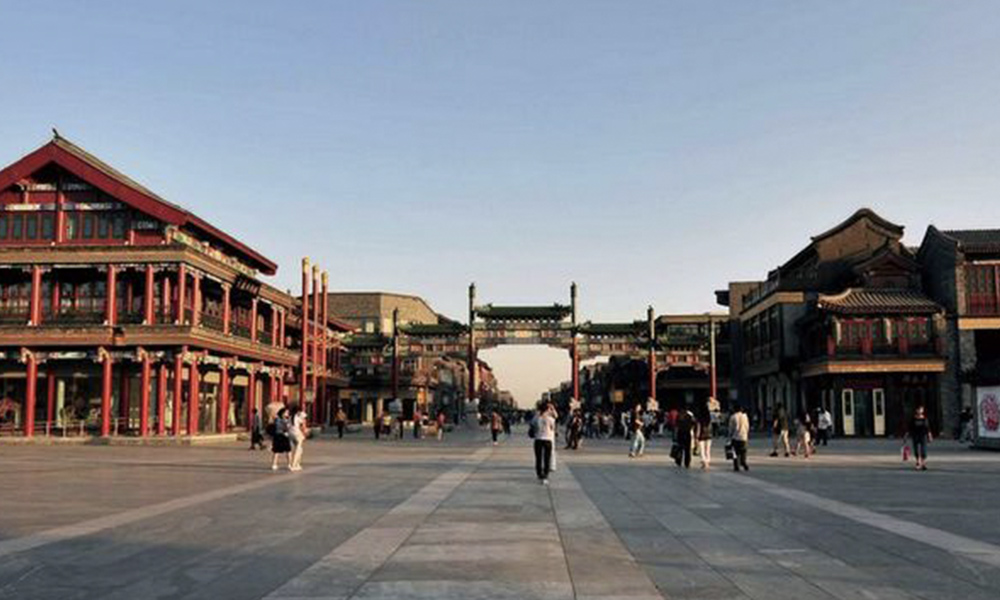
現在北京 前門
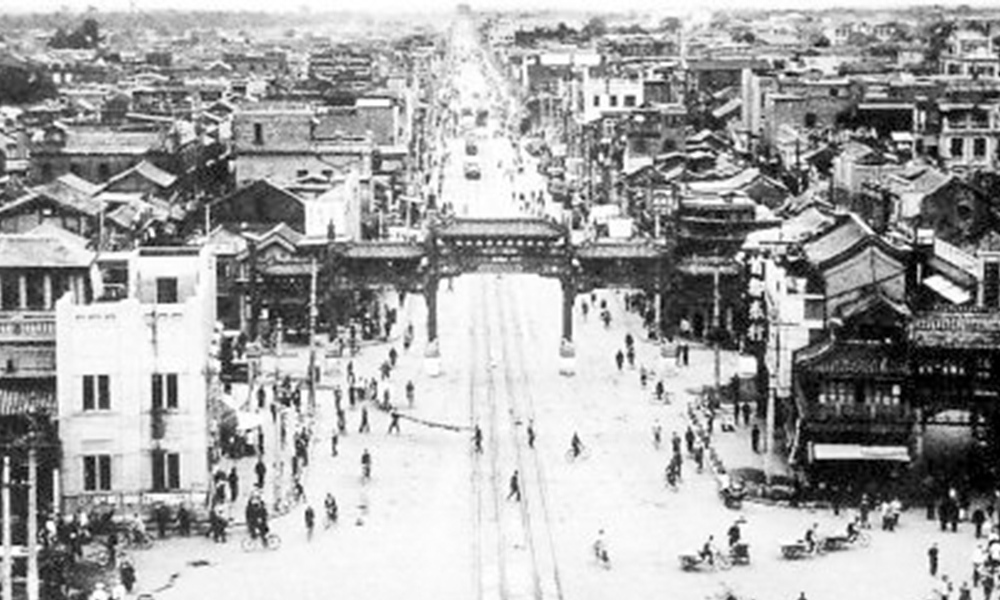
1949年前後北京 前門
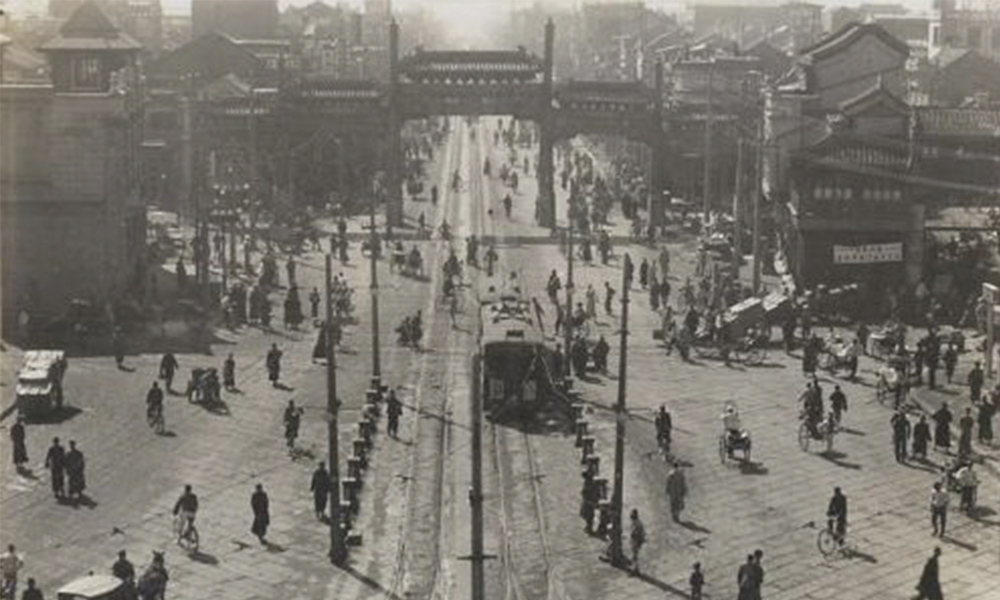
1930年代北京 前門
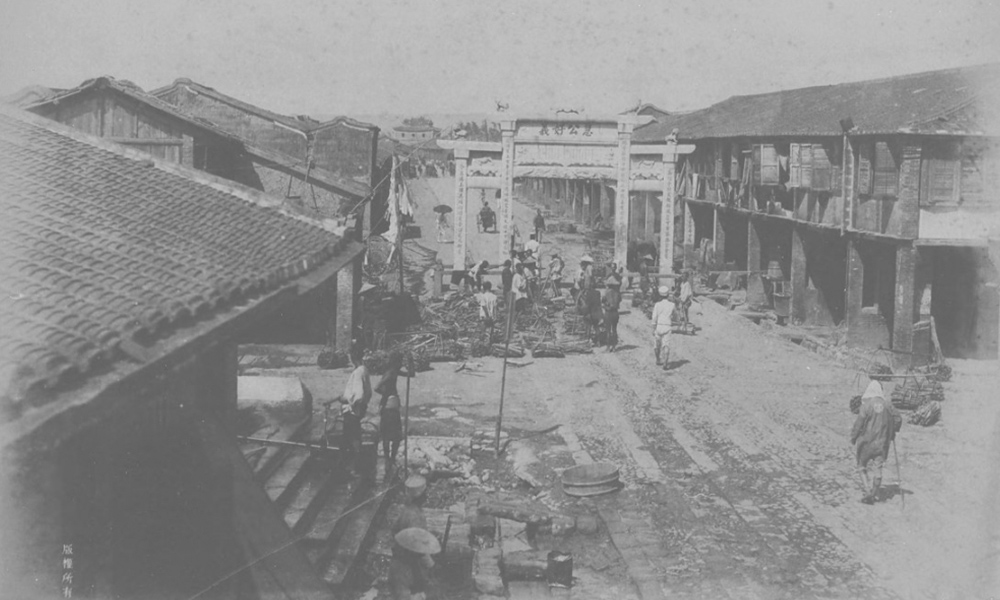
1895年台北 衡陽路
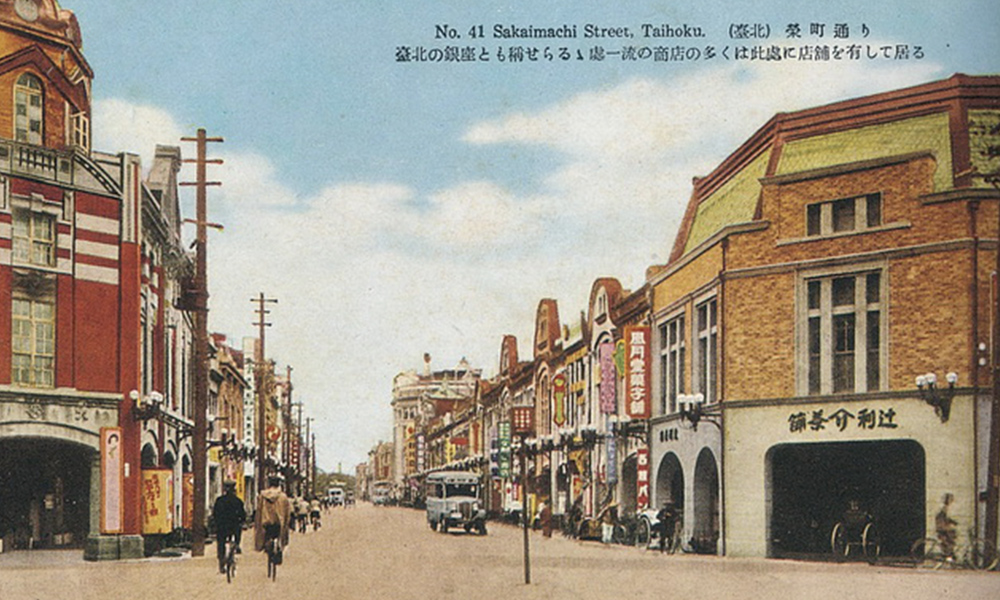
1930年代台北 衡陽路
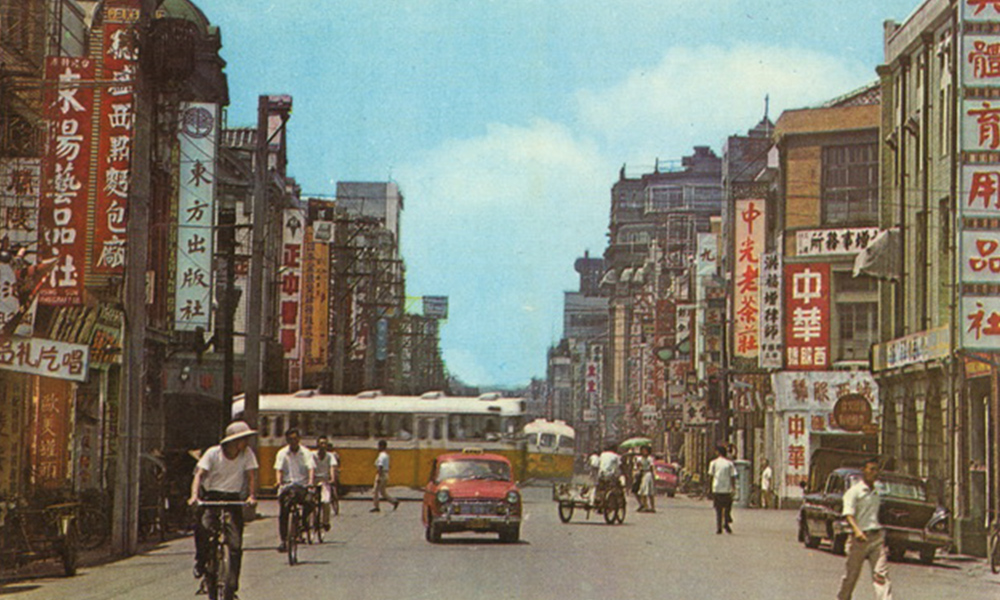
1960年代台北 衡陽路
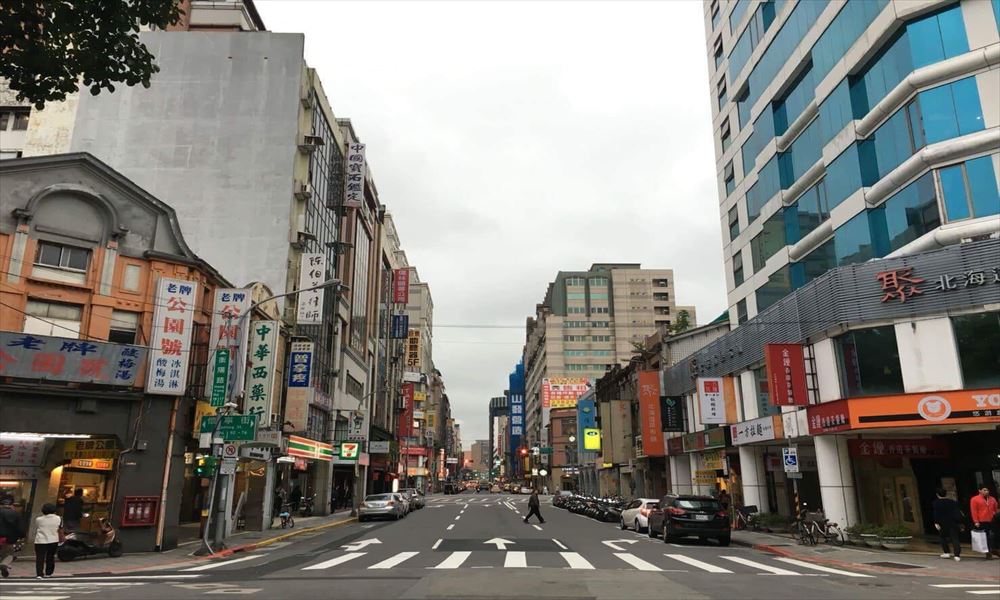
現在台北 衡陽路
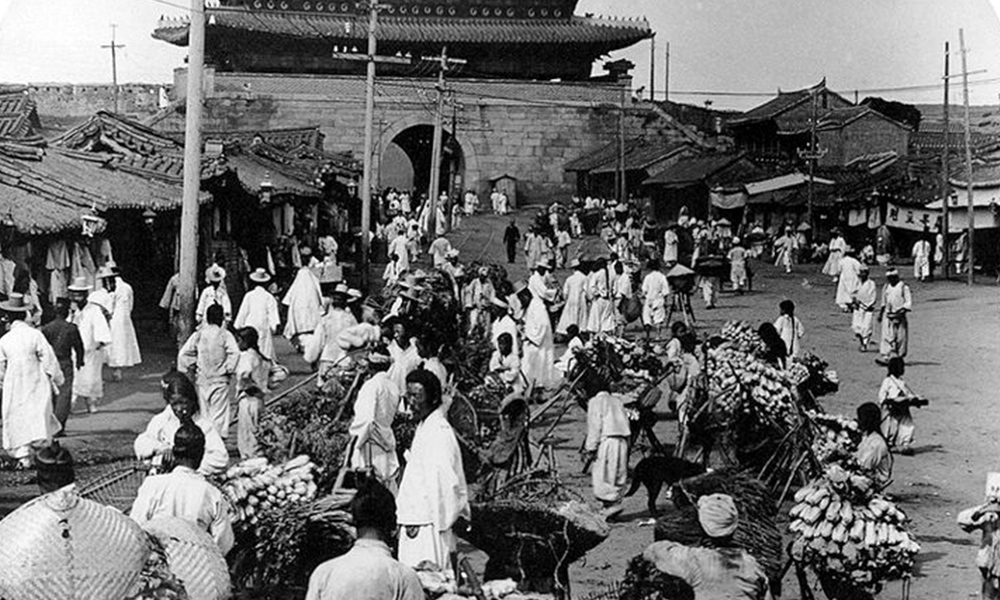
1904年ソウル 南大門
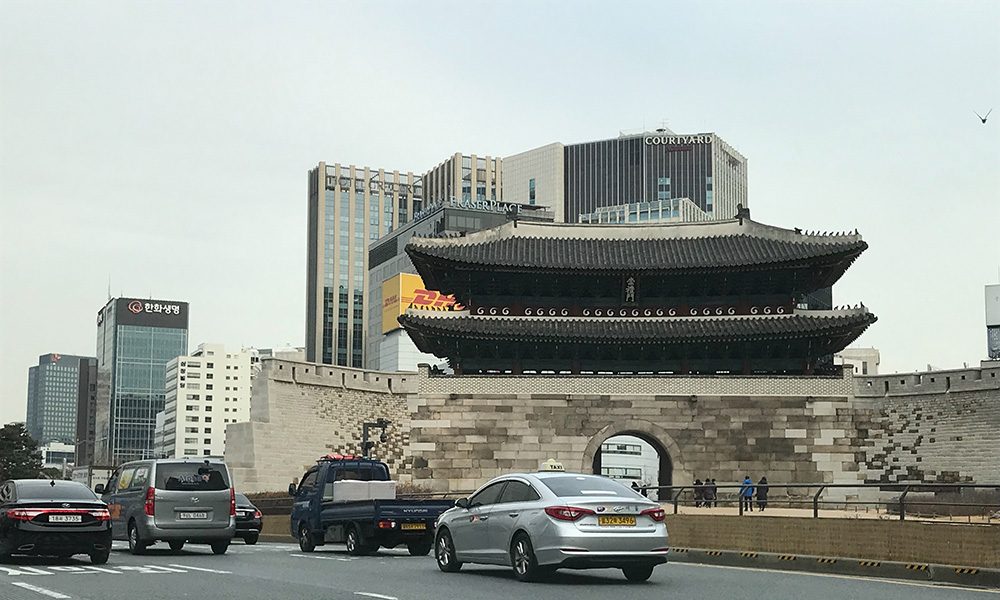
2006年ソウル 南大門
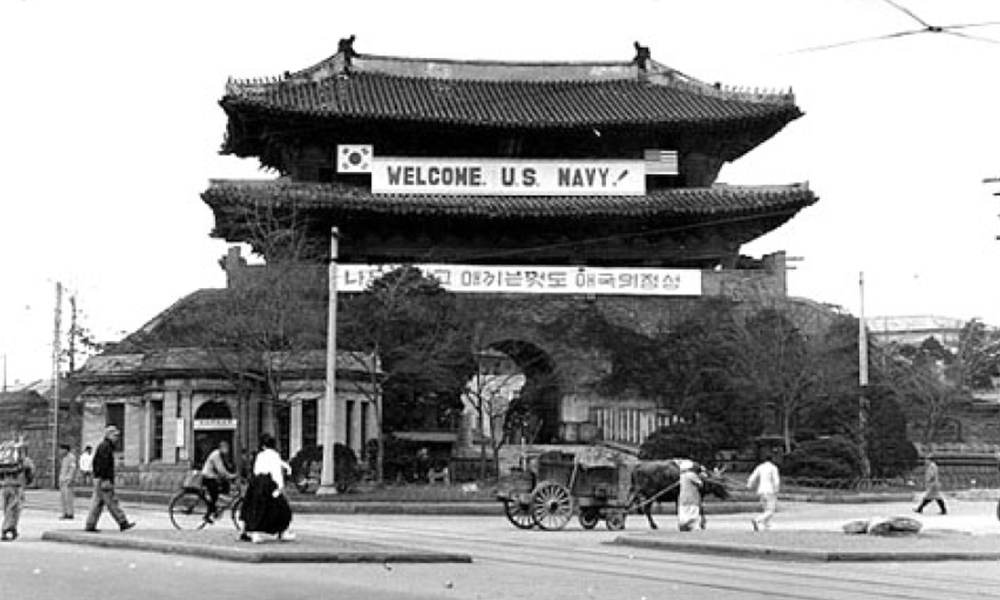
1950年ソウル 南大門
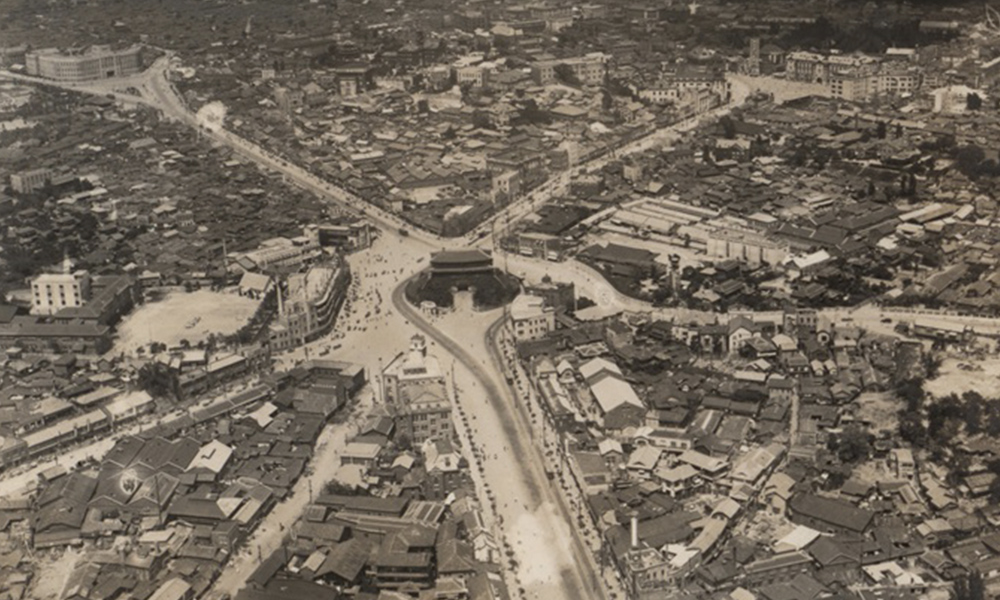
1940年代初ソウル 南大門
HANZAWA Asahiko, Assistant Professor
International Studies, The Faculty of International Studies, Meiji Gakuin University
In the last year, just before Christmas, I made my way to Hawaii for holidays and went to Pearl Harbor. I didn’t have any research purposes with this visit, but I just personally visited there. During my stay in warm weather Hawaii, as a good opportunity, I joined a day trip tour to Pearl Harbor. However, at the same time, ‘reconciliation studies’ was in mind, which was launched this year. Therefore, in this essay, I would like to write about my first visit and thought about Pearl Harbor.
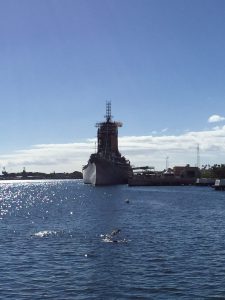
(Photo: 1)
If you are interested in international politics and Japan-US relations, you will definitely have Hawaii in your destination list, the place where you want to visit. Writing history and the way of exhibitions at a museum and memorial hall are closely related to memory, historical interpretation and contemporary politics. I visited to the Yūshūkan War Memorial Museum located within Yasukuni Shrine, the Hiroshima National Peace Memorial Hall for the Atomic Bomb Victims, the National September 11 Memorial & Museum, and the Exhibition Hall of Evidences of Crime Committed by Unit 731 of the Japanese Imperial Army, which has been recently opened in Harbin, just within last year. A lot of thoughts were came up to my mind.
Indeed, at this time, before flying to Hawaii, I applied for an English tour through the online from Japan – the tour was organised by a local travel agency in Hawaii. This was because I had not wanted to queue for long to get a ticket to Pearl Harbor in Hawaii, as well as online booking for a tour to Pearl Harbor, which had been organised by a Japanese travel agency, was already full. It might have been too much thought but I was a bit worry about joining the tour with American tourists as a descendant of ‘the Jap’ who had a sneak attack in the past.

(Photo: 2)
At the day of the tour, a microbus collected me at a hotel in Waikiki. When the bus left the hotel, a young man as a guide started to have a roll call of us. The tour had around 20 people and this young man also asked us where we were from. There were two tourists – the one were from Canada and another was from Sweden. The rest of people were from the contiguous United States, such as Ohio, Florida and Cincinnati. When a question came to my turn, I instantly told ‘I am from Tokyo’, instead of saying ‘from Japan’. There was silence in a moment, if I was right. But the tourists friendly welcomed me saying, ‘Oh, Japan, great!’
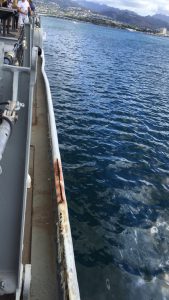
(Photo: 3)
On the way to the site, the guide started to explain a brief history of the attack on Pearl Harbor. I was wondering how he explained the history. At first, he told a historical background as the period of imperialism, and then explained that Japan and the US had confrontations over the Chinese market. He also described the factor of the attack as that the US embargoed all oil exports to Japan as an economic sanctions against Japanese military expansion in French Indochina. I thought that his explanation about international political history was in a balanced manner, and at least it didn’t sound like that the Japanese attacked Pearl Harbor insanely. He also explained that Isoroku Yamamoto who conducted the attack was a well-educated person. The guide told the fact that Yamamoto was graduated from Harvard University, and Yamamoto drew up a master plan and prepared for the attack very well. He also described that Yamamoto expected that without Japan’s success in conducting three waves before dark, Japan would have never won the war against the US. Indeed, Yamamoto’s expectation was correct – Japan could not conduct the third wave and it failed the war. After his explanation of a historical background, he emphasised that the Japan-US alliance has been very strong since the end of the war as a great friendship. His talk sounded respect for Japan.

(Photo: 4)
It took around 40 minutes to arrive at Pearl Harbor from Waikiki. At first, we visited to see USS Missouri, museum ship. (See photo 1 and 2). The battleship had been in active service until the Gulf War. USS Missouri was not existed when Pearl Harbor was attacked, since the USS Missouri was built during the war. This battleship is famous in Japan because aboard held a surrender ceremony of Japan’s singing the Instrument of Surrender in September 1945. The name of Missouri originated in a constituency of President Truman. There were a lot of tourists in the museum ship, and I listened to guidance of other museum guides. Their explanation was almost the same with our tour guide.

(Photo: 5)
Every tour guide took tourists on the starboard quarter on the main deck, where the ship has a slight dent. The dent was caused by the kamikaze. (See photo 3). Just before the Battle of Okinawa in April 1945, the USS Missouri was navigating the south marine of Kyūshū, and was struck by a kamikaze plane. A right wing of the plane hit the starboard. The body of the Japanese pilot was thrown down on the deck. Crew members tried to throw the body away to the sea. However, an officer stopped crews to do so and he said, ‘He admirably completed his mission.’ Officers and crews prepared a Japanese flag, and next day, they an official funeral to bury the pilot at sea with a funeral march. (See photo 4). After the war, the Americans identified the pilot and they invited his bereaved family to Hawaii. The Americans held a memorial service for him with his family. The Governor of Hawaii also joined the service.

(Photo: 6)
My slight worry about joining the tour with the American people was eased with a bit of surprise by this point. At least, I did not hear something bad about the Japanese such as ‘a sneak attack’, ‘meanness’, and ‘defying the international law’ – the attack took place before the formal Japanese declaration of war. The museum tour did not have criticism and rebuke to the Japanese, but it ultimately demonstrated that both the US and Japan desperately fought each other to defend their nation. It showed their respect for the Japanese alongside their fighting spirit, Bushido (chivalry) and humanity on the battlefield. Overall, the story sounded like a heroic tale.
However, it is also true to say that I was a bit too nice to them. Why was the USS Missouri, which was nothing to do with the attack on Pearl Harbor, has been docked in Hawaii, then? The reason is that the museum wants to display the war, which was started with Japanese provocation, was ended with ‘the justice of a hammer’ of the US Forces, as a moralistic story. It is obvious that the museum is representing power and justice based on an American view of the world and historical recognition. The battleship museum exhibited a number of photos of the surrender ceremony of Japan’s singing the Instrument of Surrender. One of photos was showing that around a group of ten Japanese men including Foreign Minister Shigemitsu and statesmen were surrounded and watched by more than a hundred of American navy crews from the upper part of the deck. I think that those kind of photos are not common to publish in a Japanese history school textbook. (See photo 5).

(Photo: 7)
After the visit to the Battleship Missouri Memorial, we had lunch at the Pacific Aviation Museum, which displayed a number of both Japanese and US fighters. (See photo 6). In the afternoon, we watched the same film altogether, which was included in the tour, and went to the USS Arizona Memorial by a private ship of the memorial. (See photo 7 & 8). The USS Arizona was sunk by the Japanese during the attack on Pearl Harbor and 1,117 sailors lost their lives. (See photo 9 & 10). It did not exhibit documents but mourned for the war dead. It was the memorial for the Americans. (See photo 11). The memorial reminded visitors the war dead as holy victims, who sacrificed themselves for peace. At least, it did not demonstrate anti-war sentiment or a pessimistic view, like saying, ‘We will never repeat this mistake’. We watched a record film about the attack before the entry to the memorial. The narration of the film was not inciting, but due to an image, it aroused emotional sentiment of visitors. I believed that most visitors did not listen to a guide in detail and might have skipped to read the memorial guide, so I thought that the film had a great impact on their memory.
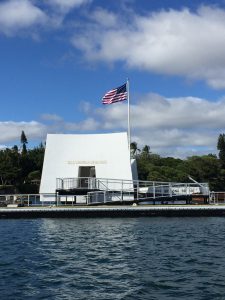
(Photo: 8)
This was the memorial in Pearl Harbor for the US Navy, and thus, of course, we should not expect to have a kind of interpretation, which entirely denied military culture or a view, which defends Japan. Although I had some kinds of confrontational opinions, I thought that the memorial was reasonably fair. I had an impression that the historical academic studies has been developed well in US society, and the memorial received the appropriate level of supervision. Apparently, the first 50 years since the end of the war, the USS Arizona Memorial was quite biased. However, the stable relationship between Japan and the US, and the efforts of the persons concerned and Japanese Americans who are well recognised in Hawaii, had an impact on the exhibition of the memorial.
In 2016, the visit of President Obama to Hiroshima and the visit of Prime Minister Abe to the Pearl Harbor were taken place as a mutual call. I am not sure yet it was the ultimate form of ‘the reconciliation’ between Japan and the US. It could be said that the current exhibition already represents ‘reconciliation’, but there has be a number of important narratives, which are not told by the memorial still remains extant. For example, it did not demonstrate that the war was conducted on the basis of racial prejudice, which John Dower highlighted. I also questioned if it was right to depict the attack on Pearl Harbor to justify the nuclear bombings or to tell against the bombing of Chongqing and the September 11 attacks.

(Photo: 9)
In order to have ‘a reconciliation’, it should be needed to share the same story. In this sense, we have to consider who shares the story. It is impossible to share with people all over the world. It is even very difficult to share the story with specific nationals and ethnic group of people. I wondered who do share the story, which I saw at Pearl Harbor.
Again, I looked tourists, whom I visited together by bus and other group of visitors. Most of them were white people; whereas, there were some Chinese, Koreans and other Asian ethnic origins – I saw very few black people. I had an impression that many of them were conservative due to their clothing and behaviour. They did not look like the friendly American people in New York and California. They looked very much into ‘America’ and wanted to learn history to proud of themselves. I was interested in what kind of an ethnic group of people were visiting Pearl Harbour. If there were any statistical data, I would like to know. It must be very interesting.

(Photo: 10)
In recent years, it has been becoming popular to visit historical sites, where used to have tragedy and historic confrontation. It is called ‘dark tourism’. I often visit these sites and always think that people who visit historic sites are racially or ethnically biased. For example, the almost every visitors to the National September 11 Memorial & Museum were exceptionally dominated by the white people. I wonder if those controversial places play a role for visitors to re-strengthen their belief and sentiment as a site for a pilgrimage.
I think that Pearl Harbor is not a popular destination for Japanese tourists, since there were only a few of them. While Hawaii is very popular place for the Japanese and there are so many Japanese tourists in Waikiki, Pearl Harbor is a kind of the place to avoid visiting. However, Pearl Harbor is one of the significant places in the west, which deals with Japan as a major issue. I hope that more and more the Japanese visit Pearl Harbor and they consider about a rage of forms of ‘reconciliation’.

(Photo: 11)